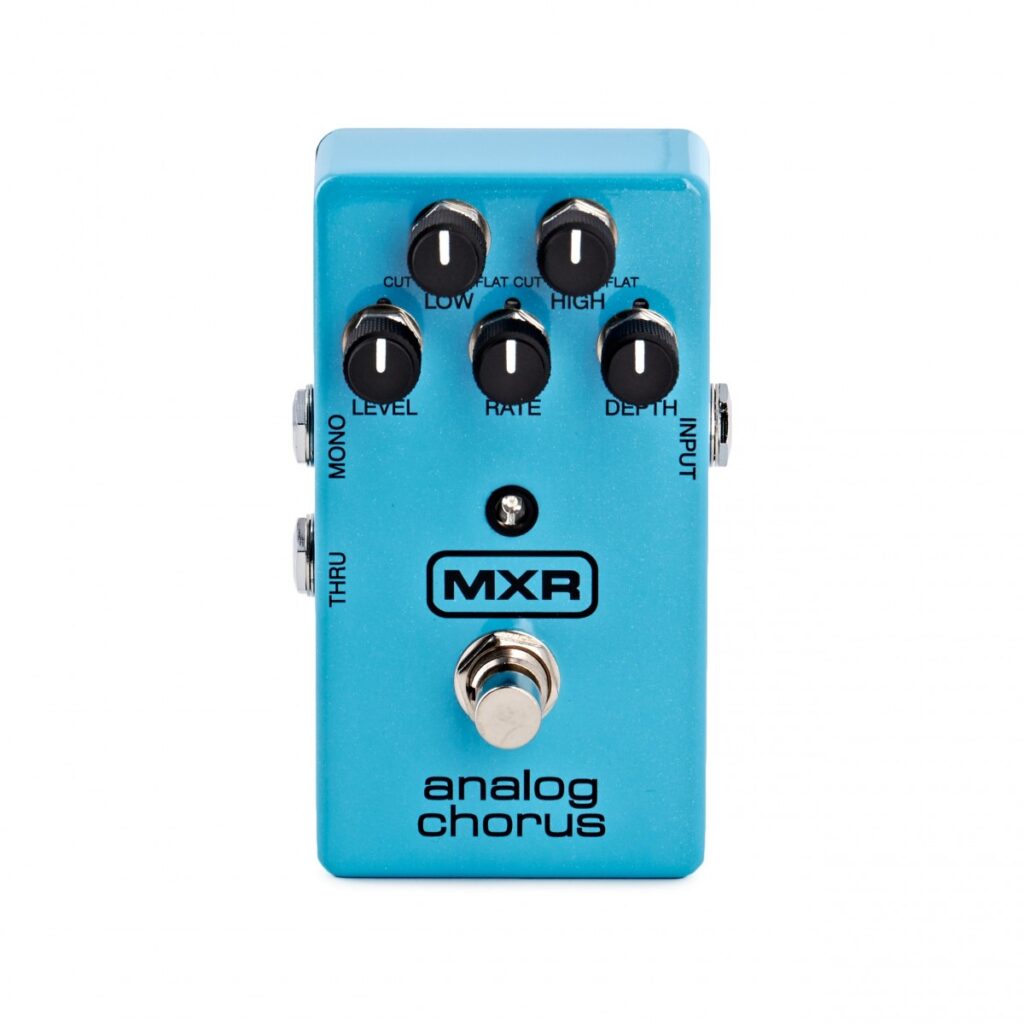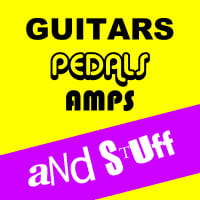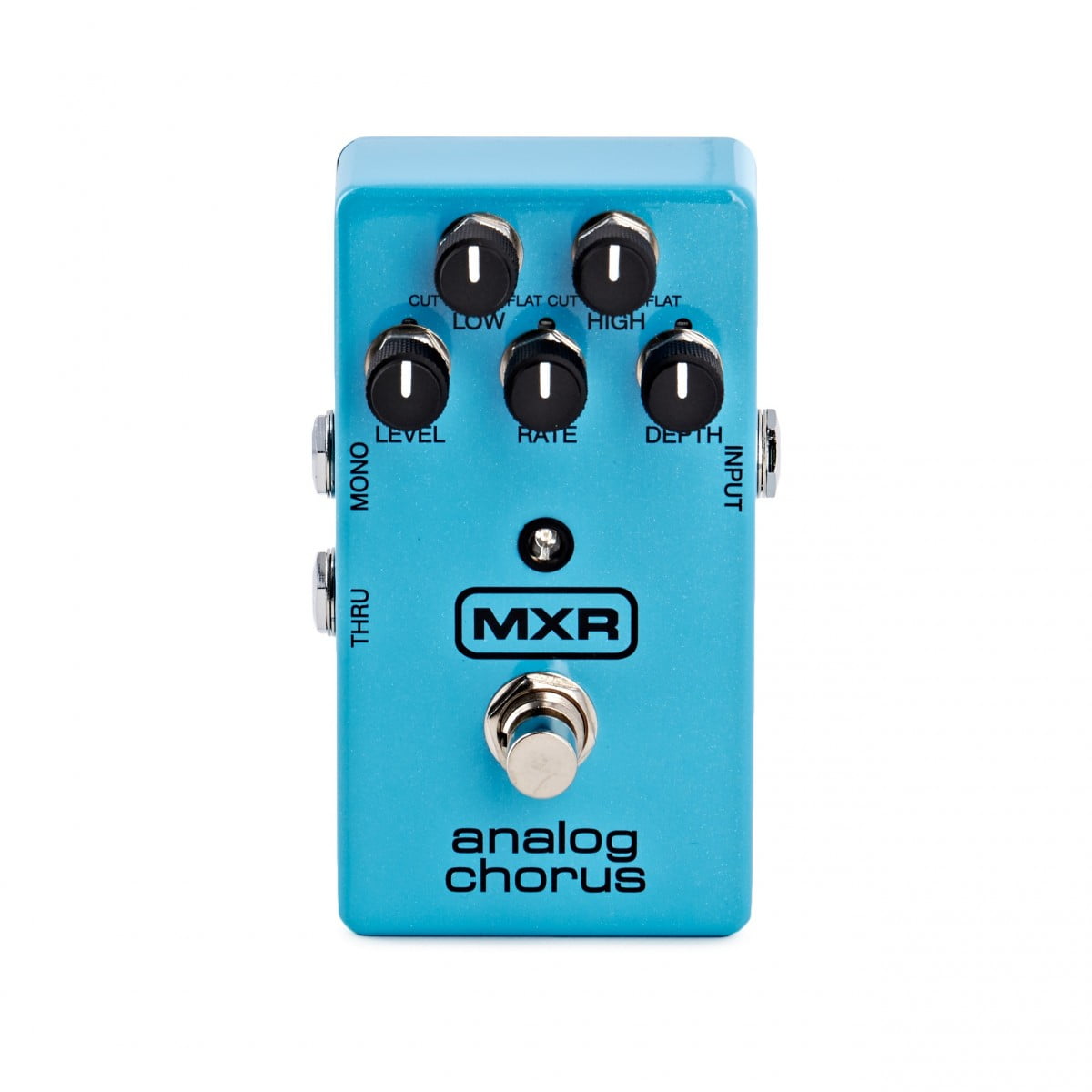
In the vast universe of guitar effects, modulation effects stand out as a dynamic and versatile category, capable of transforming a guitar’s sound into an ethereal, swirling, and captivating sonic landscape. From the shimmering waves of chorus to the pulsating tremolos and swirling phasers, modulation effects add depth, movement, and character to a guitarist’s tonal palette, elevating their musical expression to new heights.
Understanding Modulation Effects
Modulation effects, in essence, manipulate the guitar’s signal by altering its pitch, amplitude, or time. They create the illusion of motion or change within the sound, offering a spectrum of textures that range from subtle and lush to overtly pronounced and experimental.
Types of Modulation Effects
Chorus:
Chorus effects simulate the sound of multiple guitars playing simultaneously. By slightly detuning and delaying the signal, choruses create a rich, shimmering sound reminiscent of a choir. This effect adds depth and dimension to the guitar’s sound, often used in clean tones to create a lush, ambient texture.
Flanger:
Flanger effects modulate the sound by creating a distinct ‘swooshing’ or ‘jet plane’ effect. Achieved by mixing a delayed signal with the original, a flanger generates sweeping, metallic tones that can range from subtle whooshes to dramatic, pronounced sweeps.
Phaser:
Phaser effects split the guitar’s signal, modulating one part of it and then blending it back together. This creates a series of peaks and troughs in the sound spectrum, resulting in a swirling, ‘phasing’ effect. Often associated with spacey and psychedelic sounds, phasers produce a distinctive, moving tonal quality.
Tremolo:
Tremolo effects modulate the guitar’s volume, rapidly altering the amplitude of the signal. This creates a pulsating, rhythmic effect, often likened to the sound of waves or a heartbeat. Tremolos can be gentle and soothing or sharp and choppy, adding a dynamic element to the music.
Vibrato:
Vibrato effects modify the pitch of the guitar’s signal, creating a slight modulation in pitch. This effect imparts a subtle, wavering quality to the notes, similar to the natural vibrato produced by string instruments, enhancing expressiveness and adding warmth to the sound.
Application and Artistry
Modulation effects serve as catalysts for creative exploration, allowing guitarists to infuse their music with depth, movement, and emotional resonance. These effects find their place across various music genres, from ambient and experimental to rock, pop, funk, and beyond.
Experimentation with different modulation effects can unlock new sonic dimensions, enabling musicians to craft unique tones, sculpt evocative soundscapes, and accentuate musical phrasing in ways that captivate the listener’s imagination.
To Sum all of that up
Modulation effects, with their ability to evoke emotions, create atmospheric textures, and transform the guitar’s sonic landscape, remain indispensable tools in a guitarist’s arsenal. Their versatility, from subtle embellishments to transformative textures, empowers musicians to delve into realms of sonic expression that transcend the conventional, fostering a musical journey ripe with innovation, creativity, and sonic enchantment.

